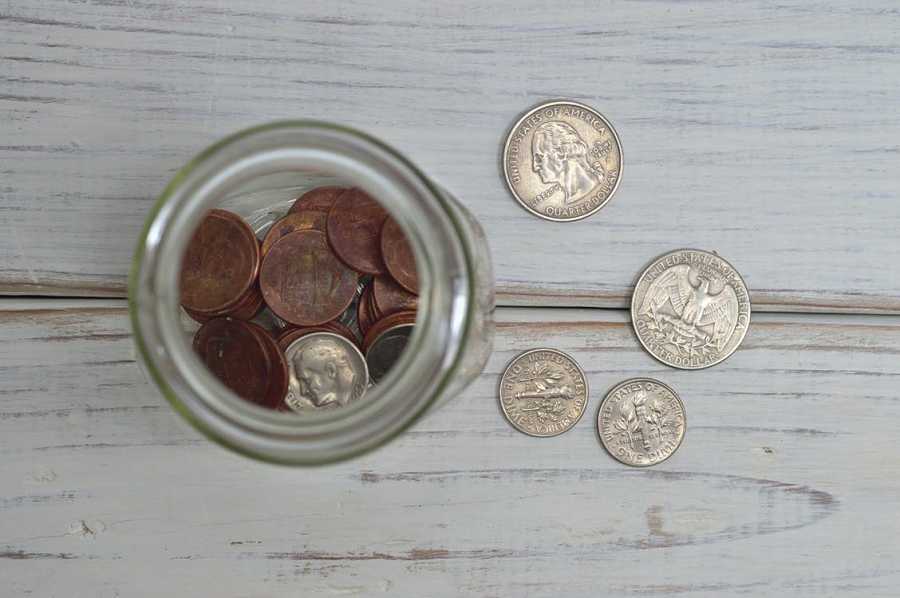I love my family too much to argue about politics with them, though the topic has become a little harder to avoid in the past few years. Over the last holiday vacation, things got a little heated when one intrepid cousin of mine, a right-wing Republican from my home state of Arizona, said he had an idea for me: With all the new tax cuts showering money on corporations, the time was ripe to make the pitch that those liberated dollars should go to the arts.
We’ve heard a variation of this song before—it’s a golden oldie by now, the Reagan-era idea that wealth stimulated by tax breaks for rich individuals and corporations will trickle down to the middle class and the poor more broadly, not to mention to other charitable causes, including the arts. Instead, as hardly anyone needs reminding, the last three decades have seen middle-class wages stagnate and top incomes skyrocket. And how has arts funding fared in this epoch of rising inequality? After threats to its very existence in the 1990s, the National Endowment for the Arts rebounded, more or less, to its current modest-but-secure form. Corporations, meanwhile, had already begun to pull back from arts support even when the Great Recession hit in 2008, leaving nonprofits to chase individual donors in the bleak ensuing years.
As the economy slowly stabilized, so did charitable giving broadly and arts giving specifically, with various reports showing a noticeable spike in giving between the years 2014 to 2016, including for the arts (even corporate donations, though still low, ticked up in that period). Though data for 2017 aren’t available yet, there’s little reason to think this trend line reversed. In fact, in a kind of ghastly parody of the conservative notion that private charities will take up the slack left by a scaled-back government, donations to nonprofits that are seen as actively resisting the current administration’s policies—whether the ACLU, Planned Parenthood, or the UN Refugee Agency—surely shot up last year.
I didn’t have all this on the tip of my tongue over dinner with my Republican cousin, though I did share with him the concern of many tax experts and nonprofit advocates that some provisions in the new tax law may in fact limit charitable giving. Perhaps a plea for increased private largesse to the arts in 2018, far from being a no-brainer, is more of a moon shot than usual.
On the other hand, who knows? Several stories in this issue look at trends in theatre fundraising and at the invaluable people who do what’s called in the field “development,” and one takeaway is the old saw: It never hurts to ask. That’s a lesson for me personally, because at American Theatre we don’t just write about the nonprofit arts; we are part of a nonprofit arts service organization, Theatre Communications Group, so we rely on donors as much as your local animal rescue or ballet troupe. I’m not at all convinced that a rising tide lifts all boats, or that a significant tide is even on the rise in our current economy. But, since the most successful fundraising today, particularly from corporations, centers around the impact of a nonprofit’s work, I’ll flip that metaphor around and say: We’re all going to sink if we don’t pitch in.
If you’re reading this, you may not need to be convinced of the intrinsic value—aesthetic and social and spiritual and even economic—of theatre and the arts. But you may need to be reminded, as I know I continually do, that we can’t do what we do without asking each other, and occasionally some exceedingly rich others, for help.


